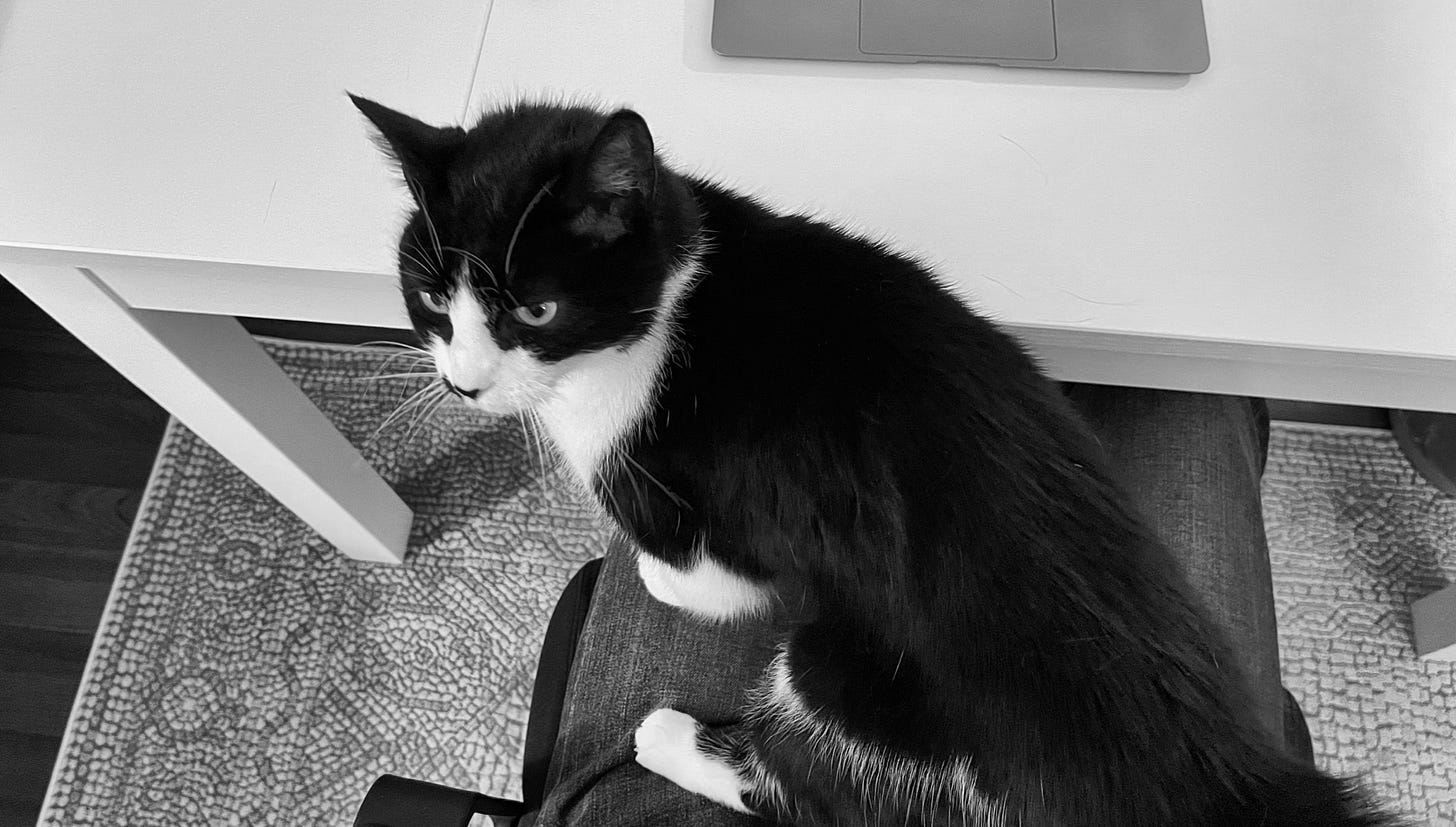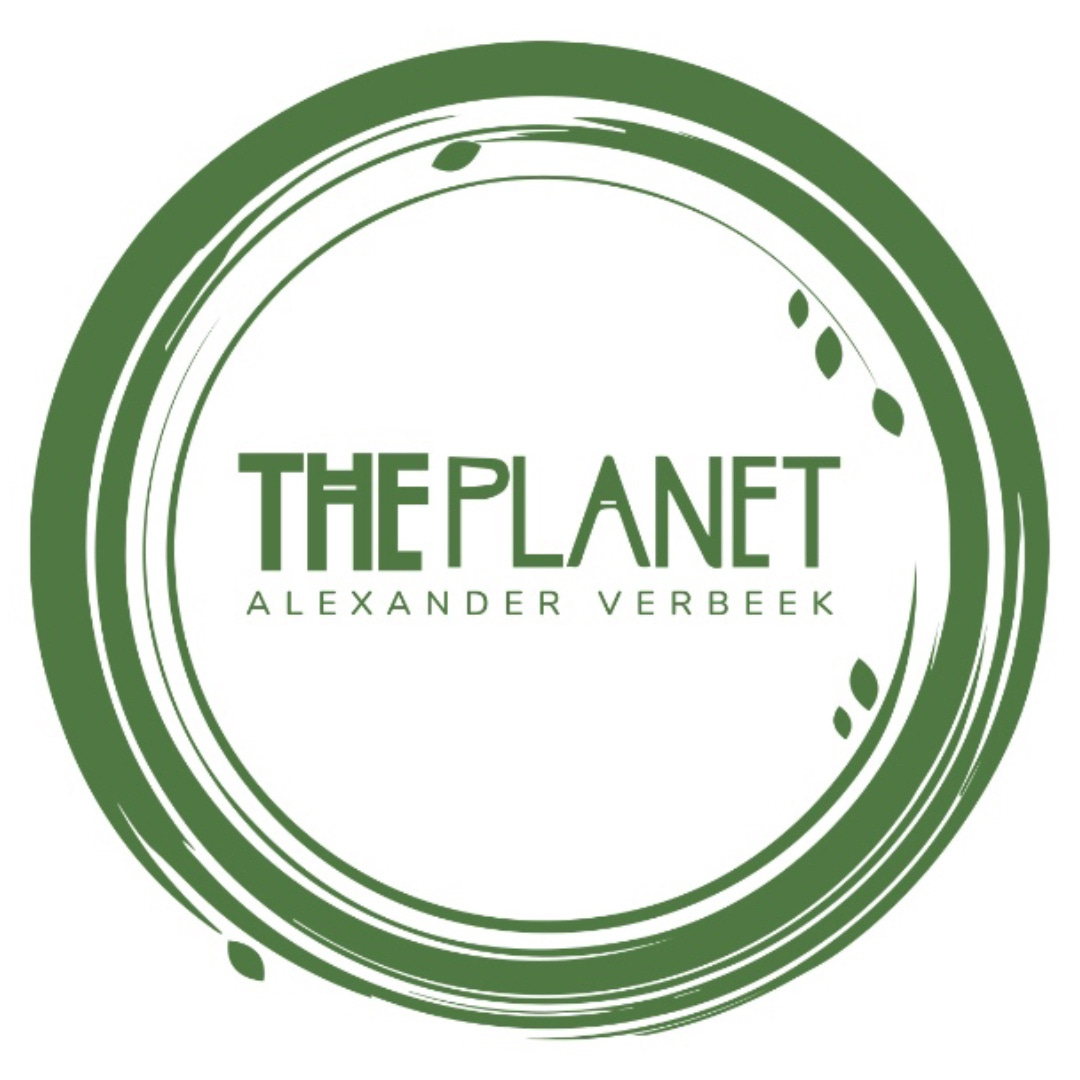Many of you will read this post on Saturday morning, and I wonder if anyone would like to start the weekend with more climate change stories. I wrote this week about the US climate policies, the Leaders Summit on Climate, Earth Day, and I started the week with two articles about the deeply worrying climate reports of the WMO and the IEA. If I write more about the Climate Summit, you will get an overdose.
I can summarize the week as starting with reports warning us about the seriousness and urgency of the climate crisis. The week ended with the clear message that this new US Administration takes climate change seriously and is willing to take a leading role in tackling this existential threat. Climate will remain a top priority, and I will surely keep writing about it. But for now, let’s take a breath of fresh air this weekend. Keep reading if you like, but what follows is just some late Friday evening thoughts.
I hope you all enjoy The Planet; I know some of you do because you wrote to me, and I also see increasingly that readers of the free newsletter are so kind to take a subscription. Please know that each subscription is a huge motivation. I smile each time I see such a message coming in; I really do. As I wrote before: everybody receives the same articles, but subscribers make it possible that this newsletter is available to all. I may have something special for the annual subscribers in a few weeks; stay tuned. And there is one person that I would like to thank especially for supporting The Planet: I hope you read this: thanks so much!
An ancient dog
What do I have to share for now? Let's start with an ancient dog and see where that leads us.
Archeologists in Saudi Arabia discovered the oldest domesticated dog in Arabia. It seems to have been a pet dog. It was buried alongside humans some 6,000 years ago. Signs of aging and arthritis make it unlikely that it was a wild animal; it could not have survived that long. Experts found another indication that this was likely a pet by studying rock art. Depictions of dogs on a leash, and dogs helping during the hunt, indicate the close relationship that already existed between humans and dogs.
This find is not the oldest example of human-dog graves. A grave in Germany of 14,000 years old holds that record, and there are more to be found near Lake Baikal in Siberia; those graves date to between 8,000 and 5,000 years ago. Some of these buried dogs were wearing decorative collars.
Dog graves
It reminded me of the dozen dog graves behind the Institute Clingendael in The Hague, the Netherlands. I was there for diplomatic training in the early 1990s, and I always passed them during the coffee breaks. The dog lover responsible for this little graveyard was the Baroness who lived in the early 20th century on this beautiful estate. She could watch from her window over the dogs she had lost; they were all buried under a lime tree. The graves show her love for dogs; 'My ever-loyal little friends Chang and Fury 1912-1920' reads one, and: 'My beautiful playful Sonnie, killed by a motor 30.7.1921' reads another.
During World War II, the estate was confiscated by the Nazis and occupied by Reichskommissar Arthur Seyss-Inquart. He feared that the upright gravestones close to his windows would be the ideal hiding place for assassins. He ordered the stones to be put flat on the ground. It didn't save his life, though. Six years later, he received the death sentence in Nuremberg for crimes against humanity and quite a few other crimes. There is no grave for him, and there shouldn't be, but the dogs' graves are still there, flat on the ground, a lovely and safe place to visit.
Walking through the beautiful park landscape, you can still see many bunkers on this former estate that date from this period. Some were disguised as farms to confuse Allied pilots. It was part of the Atlantic Wall that had to prevent an Allied invasion. There are still a few wall pieces left in the Hague, close to where I lived for many years. Further south, on the island of Schouwen-Duiveland, are also dozens of bunkers left. This summer, I plan to live there again for a few months like I did last year for four or five months. I may get back to those bunkers in other stories and tell you about their history and the bats that live there now. I know where to find the bunkers from my runs and walks in those beautiful dunes.
Today, I had the last of a series of interviews. I only realized afterward that it was an audio podcast; my wearing of a jacket, my efforts to get my wild pandemic-hairdo somewhat presentable, and my staring in the camera for half an hour were all entirely unnecessary. I hope the interviewer appreciated it. Afterward, I went for a run. I prefer to run in the dunes on the island, of which I will share some pictures in this newsletter this summer, but this Ottawa run is also lovely. I passed some of Ottawa's cultural and historical highlights, like the National Gallery of Canada, with the massive spider of bronze and stainless steel, known as Maman. It was created some twenty years ago by Louise Bourgeois when she was 88. The sculpture is about ten meters high and among the world's largest. It includes 32 marble eggs that are visible under its belly. I have several times seen little kids standing under the spider and looking up in fascination at those mysterious eggs.
A bit further, I pass the Houses of Parliament. You already see them on the left of the spider, and this picture is a reflection.
Today I turned around at the Supreme Court, built around 1938; an exciting mix of a classic style but with a touch of the typical Château style roofs. You may recognize the architecture from pictures (or, if you are lucky, visits) to places like Lake Louise, where about a hundred years ago, the Canadian Pacific Railway built many railway hotels in this style. The lavish design was an adaptation of the sixteenth-century castles in the Loire Valley. Ottawa has better examples that I may share in another post. The Supreme Court was built after the best days of the Château style between 1880 and 1930. The design is more toned down in search of national identity in architecture that reflected less the British heritage and more the French-Canadian architecture.
Luna jumped on my lap and won't leave anymore. It is her way of telling me that I should stop for now.
I wish you all a beautiful weekend.
If you enjoy reading The Planet, you help other readers and me if you do one of the following:
If you don’t receive this newsletter yet, please sign up to receive it in your inbox. More signups make this publication more visible, and you have something to read while you drink your coffee.
If you have signed up and still like it, please consider taking a subscription. If you can’t afford it, please stay and keep reading.
If you have subscribed, you already made me happy. Stay, enjoy, comment, and consider giving a subscription to your friends (some just did, I love that)










Good morning Alexander. Amazing, so much information on a Global scale emerged on this Climate Summit in one place, which I never would be exposed to in a Geography class. It would have taken me years. And to be able to re-watch the sessions on Youtube, is a wonderful thing for all, as time moves on.
Through dog history and their stories one can find another way to see what has gone before. Dogs are our silent and closest allies sharing this planet for 33.000 years now, and even earlier is suggested. Learning about canine science is also a dive into a Geological world history class. Thank you for the dog story. I learned about an event from WW II.
I have visited the (Fairmont) Chateau Lake Louise at Lake Louise, I walked the trail along the lakes' edge with my dog, and would like to do so again. The Chateau was built in 1890, it's a marvel!
It is often said that “a picture is worth a thousand words” but in this case your words are so beautifully evocative of a feeling and connection to places, that the words paint the picture in full. Thank you for sharing! Would love to see more writing like this! And I agree with the others commenting, this was a lovely Saturday morning gift. Happy to be on board The Planet!